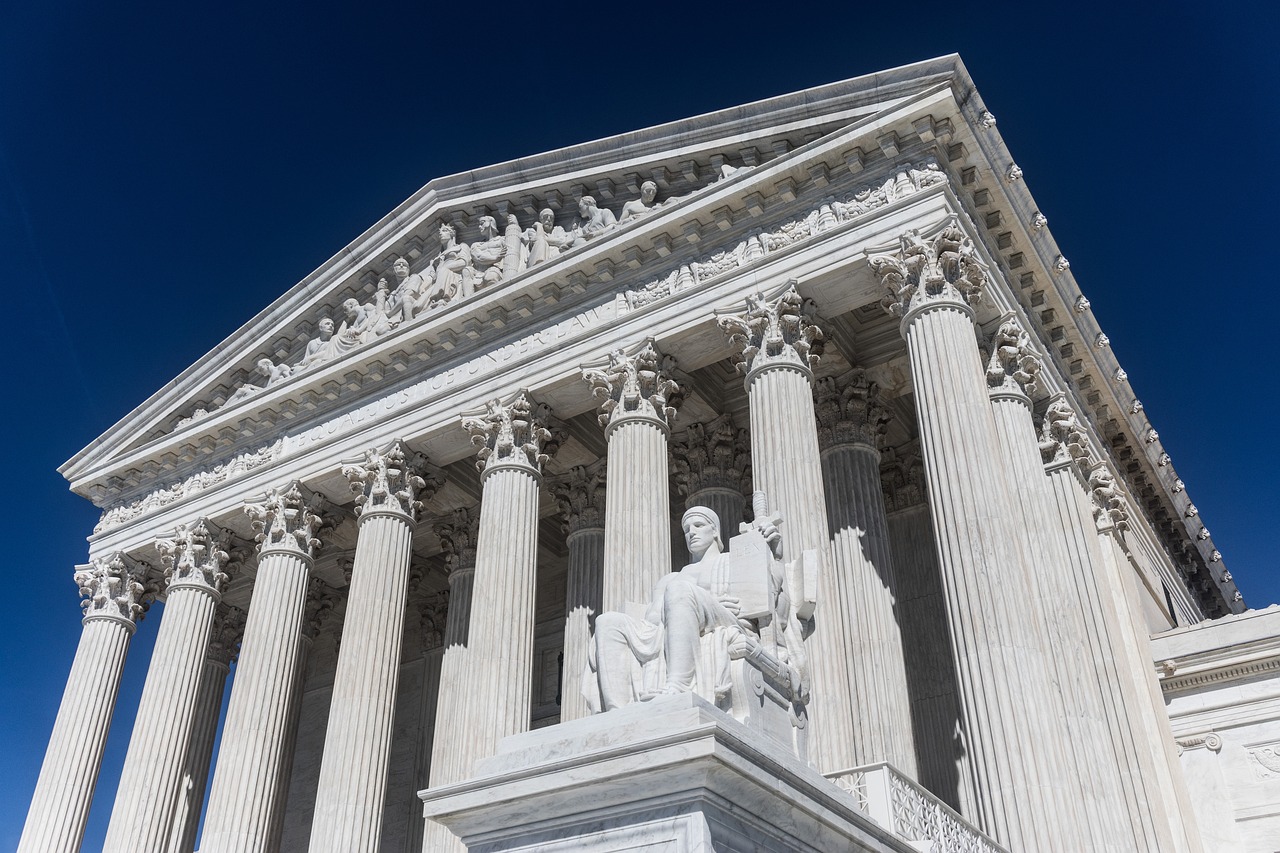The US Supreme Court struck down a bump stock ban Friday enacted in 2018 following a deadly mass shooting in California. In a 6-3 vote, the court held that the Bureau of Alcohol, Tobacco, Firearms and Explosives (ATF) exceeded its authority in enacting the bump stock ban.
The case known as Garland v. Cargill was brought in the wake of a mass shooting in Las Vegas in 2017, the deadliest in modern US history. The shooter, Stephan Paddock, killed 58 people and wounded over 850 more at a country music concert. After the shooting, the ATF adopted a rule determining that bump stocks were machine guns, which are largely illegal under federal law, and ordered owners of bump stocks to either destroy or surrender them to the ATF. Failure to do so would result in criminal prosecution.
Texas gun dealer Michael Cargill surrendered two bump stocks to the ATF under protest. Cargill alleged that the ATF lacked authority to promulgate the rule, arguing a bump stock is not a machine gun under §5845(b), which defined a “machinegun” as “any weapon which shoots, is designed to shoot, or can readily restored to shoot automatically more than one shot, without manual reloading, by a single function of the trigger.”
In his majority opinion, Justice Clarence Thomas stated that until the mass shooting in 2017, the ATF, on more than 10 separate occasions, “concluded that rifles equipped with bump stocks cannot ‘automatically’ fire more than one shot ‘by a single function of the trigger.’” After the shooting, there was political pressure to ban bump stocks. Justice Thomas addressed the ATF’s authority stating:
We hold that a semiautomatic rifle equipped with a bump stock is not a “machinegun” because it cannot fire more than one shot “by a single function of the trigger.” And, even if it could, it would not do so “automatically.” ATF therefore exceeded its statutory authority by issuing a Rule that classifies bump stocks as machineguns.
Justice Samuel Alito concurred, but wrote separately stating that it is up to Congress to amend the statutory language:
There can be little doubt that the Congress that enacted 26 U. S. C. §5845(b) would not have seen any material difference between a machinegun and a semiautomatic rifle equipped with a bump stock. But the statutory text is clear, and we must follow it.
Justice Sonia Sotomayor, with whom Justices Elena Kagan and Ketanji Brown Jackson joined, dissented, arguing a different perspective on the definition of a “machinegun.” Sotomayor wrote:
When I see a bird that walks like a duck, swims like a duck, and quacks like a duck, I call that bird a duck. A bump-stock-equipped semiautomatic rifle fires “automatically more than one shot, without manual reloading, by a single function of the trigger.” Because I, like Congress, call that a machinegun, I respectfully dissent.


